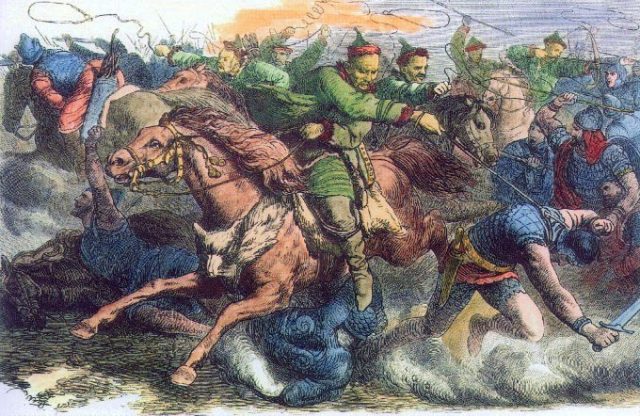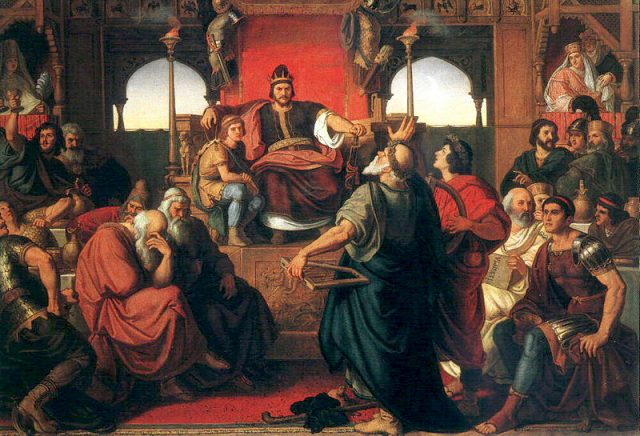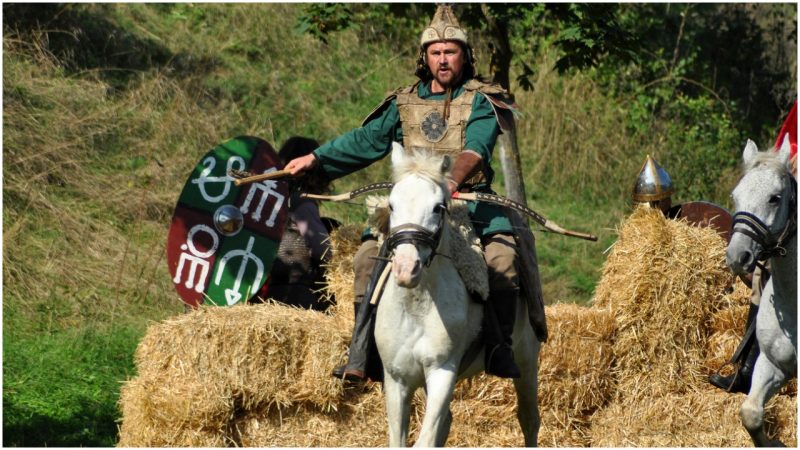Attila the Hun, one of history’s most feared leaders reportedly expired in a most un-fearsome way. The idea of global conquest and total domination has been around since ancient times and has certainly produced some of the fiercest warriors to walk the face of the Earth.
From Alexander, the Great to Julius Caesar and Genghis Khan, ancient history is rich with exceptional leaders, brave warriors, and brilliant tacticians, but it is safe to say that none of them enjoyed as fearsome a reputation as Attila the Hun. Known as Flagellum Dei, which translates into the “Scourge of God,” Atilla the Hun was the ruler of the Huns and is considered by many the worst nemesis of the Western and Eastern Roman Empires.
Although it’s been more than 1,500 years since this great warrior died, his notoriety has survived and his name continues being closely associated with brutality. “There, where I have passed, the grass will never grow again,” he allegedly remarked on his reign.
Numerous historians have agreed that no other man in recorded history has been feared as much as Attila, with many accounts stating that his army was personally responsible for destroying countless towns and villages across Europe in pursuit of gold.

He led the Huns in several large-scale campaigns against the Romans before he was stopped at Chalons in 451 by an anti-Hun coalition of Romans and various Germanic tribes, including Visigoths and Vandals. But it didn’t take long before Atilla and his followers struck back. About a year later, the infamous conqueror set his eyes on Rome and launched an attack, causing devastation and terrorizing the population of many cities along the way.
However, he suddenly changed his mind, stopped at the River Po, and didn’t proceed to the “Eternal City.” Accounts of his rather strange decision vary, but according to the most popular legend concerning Attila’s sudden reversal, it was Pope Leo, whom Attila met in person, who somehow managed to persuade him not to attack Rome. The real reasons, however, were most likely diseases and a shortage of supplies. The notorious leader of the Huns and his army returned to the grasslands of modern-day Hungary where, shortly after, he died.

Just like many details of his biography, Attila’s end is shrouded in mystery. One would assume that a warrior of his caliber fell on the battlefield, fighting the Romans, but according to all accounts, this assumption appears to be untrue.
There are at least three different versions of how Attila the Hun met his end, with the most popular being the one that states that the Scourge of God died of a nosebleed gone bad on the night of his wedding. Other versions include a conspiracy, according to which Attila was taken out by his new wife in collaboration with the Byzantine Emperor Marcian, and the last version includes alcohol poisoning, which is probably the least popular.

Although accounts differ, one thing is for certain–Attila the Hun died on his wedding night. It is said that his body was found the morning after he celebrated his sixth marriage. According to the account of his contemporary, the Roman historian Priscus, Attila, who was 47 years old at the time, was found by his close associates, in bed, beside his wife Ildico; he supposedly died of natural causes, having somehow choked on his own blood after a heavy feast.
Read another story from us: Pine Leaf: The Woman Chief and warrior of the Crow people
At the time of his unsightly end in 453 AD, his empire stretched from central Asia through central Europe all the way to modern-day France, and from the Danube River to the Baltic. However, unlike Attila the Hun, his heirs didn’t have the ability to keep his empire safe from disintegration.
